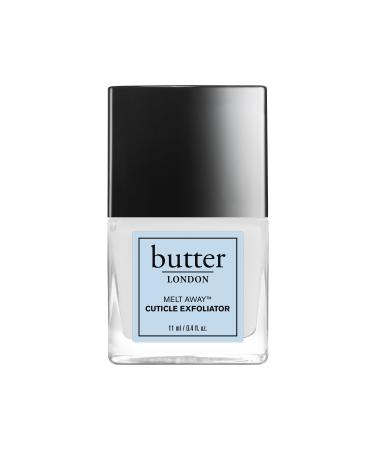What is Organic Flower Honey?
To understand what organic honey is, we need to understand what organic means. Our country has many untouched areas, such as the eastern and southeastern regions. Plant and animal production in these areascomplies with the requirements. Certification bodies inspect producers who meet the organic production conditions specified in the regulation. They issue organic certificates to individuals or businesses that meet these requirements. These products are monitored from the production stage until they reach the final consumer. All processes, including production, packaging, and marketing, are recorded. Consumers are guaranteed traceability and product safety for organic products.
In light of this information, the honey is collected from organic producers in the Pervari district of Siirt. The collected honey is analyzed in the laboratory. After passing quality control tests, the honey is packaged with the same discipline in our facility, which holds an organic packaging permit. The packaged honey is delivered to the consumer with the same care.
Characteristics of Organic Flower Honey
It generally has a unique texture with a light-amber color, consistency, and a hint of basil. It is generally polyfloral (multi-flowered) honey. It shares the general characteristics of flower honey. Furthermore, its high altitude allows it to be found in a wealth of flowers, primarily astragalus and thyme. Its quality values are quite high.
Consumption Recommendations
Organic extracted flower honey can be consumed for breakfast or mixed with other bee products (royal jelly and pollen).
Storage Conditions
All honey naturally tends to crystallize. Depending on its type, composition, and storage conditions, honey can crystallize later or earlier. In fact, honey should be consumed as is. Due to consumption habits, it is desirable for it to be fluid and clear. Crystallized honey returns to its original state when heated in a controlled manner and using appropriate methods.
Store in a cool place (below 22 C), away from heat and light, and with the lid closed. Water entering the honey causes it to ferment.
Let's Get to Know Beyçeri Beekeeping
With the arrival of spring and the revival of nature's rich flora, beekeepers begin a feverish workday. Bees begin collecting pollen and nectar, multiplying rapidly, increasing the population. The developed bee colonies in spring eventually experience an increase in the nectar flow, and the highly populated bee colony carries the abundant nectar back to the hive and begins producing honey.
It's now harvest time for the beekeeper, and honey extraction is carried out using modern techniques. Samples of the milked honey first arrive at the Beyçeri facilities. The quality control department conducts physical and chemical analyses of the samples. After this preliminary inspection, the accepted honey is brought to the facility, and all honey samples are analyzed again. The honey, which passes this stage, is then stored in the Beyçeri facilities under appropriate storage conditions. The packaging process is carried out using the latest technologies, using a fully automated system that leaves the honey untouched.
The packaged honey is now available to our consumers with the Beyçeri guarantee.













